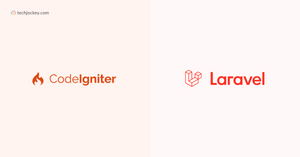Best Web Application Firewall
(Showing 1 - 9 of 9 products)

Azure Web Application Firewall
Brand: Microsoft Corporation
(0 user reviews)
Azure Web Application Firewall is a cloud-based service that protects web applications from common vulnerabilities and security risks.... Read More About Azure Web Application Firewall
Price On Request

NGINX Plus
Brand: NGINX (part of F5)
NGINX Plus is the only cloud-native solution, which combines the features for content caching, security controls, load balancing, Web Server, Reverse Prox... Read More About NGINX Plus
Price On Request

NGINX Plus WAF
Brand: NGINX (part of F5)
(0 user reviews)
NGINX Plus WAF is a futuristic app-security solution that is capable of performing within DevOps environments while users are delivering apps from code to... Read More About NGINX Plus WAF
Price On Request

Rapid7 Appspider
Brand: Rapid7
(0 user reviews)
Rapid7 Appspider provides a set of features for business users to increase productivity and perform core functions accurately. Depending on the size and re... Read More About Rapid7 Appspider
Price On Request

Radware AppWall
Brand: Radware
(0 user reviews)
Radware AppWall is a network security solution built for ISP providers and organizations that rely heavily on network-based working systems. The software... Read More About Radware AppWall
Price On Request

Neustar DDoS Attack Protection
Brand: Neustar
(0 user reviews)
Neustar DDoS Attack Protection is capable of stopping the most massive cyber-attacks and keeping your infrastructure protected. The software provides clou... Read More About Neustar DDoS Attack Protection
Price On Request

Sucuri WAF
Brand: Sucuri
(0 user reviews)
Sucuri Website Application Firewall (WAF) is a cloud-based WAF which stops website hacks and attacks. The firewall software detects any threats that your w... Read More About Sucuri WAF
$10 /Month
Last Updated on : 14 Apr, 2025
Web Application Firewall Comparison











